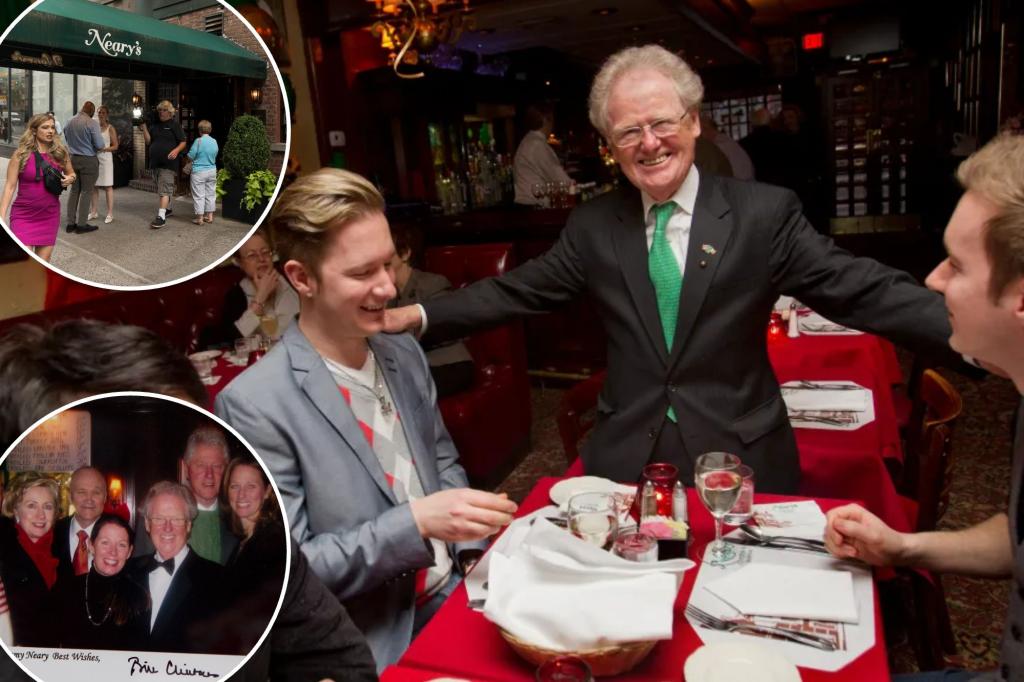Neary’s, a beloved pub that closed its doors on East 57th Street after over 50 years, has been referred to as the end of an era in New York City. However, the author argues that constantly mourning the loss of iconic establishments is not productive, and it is time for New Yorkers to move on.
The notion of nostalgia for a supposedly more humane, colorful, and civilized New York is critiqued as a romanticized version of the past that fails to recognize the reality of historical New York. Sentimentalizing the past can lead to an inaccurate portrayal of the city and diminish the challenges that have always existed.
The writer discusses how the true history of New York, particularly in the early to mid-20th century, was far from the idyllic image often portrayed in movies and literature. Issues of racial tension, economic disparity, and other social problems were prevalent, reminding readers that the past was not as perfect as some may believe.
The 1960s New York, a time of social upheaval and change, had its own set of challenges and divisions. While many may yearn for the era of jazz clubs and traditional Irish pubs like Neary’s, the reality was far more segregated and tumultuous than it is often remembered.
Despite the personal connection and memories associated with Neary’s, the author emphasizes the importance of not dwelling on the past as a means of avoiding confronting the issues faced by modern-day New York. Challenges such as street disorder, lack of housing, and government dysfunction need to be addressed with a forward-looking perspective.
In conclusion, the author encourages New Yorkers to embrace change and focus on the future rather than getting lost in memories of the past. While establishments like Neary’s hold a special place in the hearts of many, it is essential to recognize that progress and growth require looking ahead and working towards a better tomorrow.















